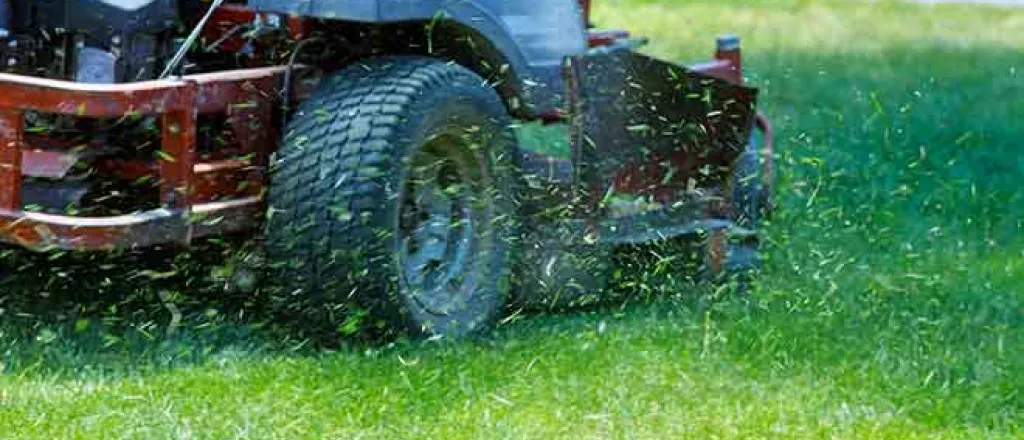
Many homeowners, and even some lawn professionals, are using the wrong type of mulch and wrongly applying it. Gary Crawford has more.
PARTICIPANTS: Gary Crawford and Kansas State University Extension lawn and garden expert, Dennis Patton.
Transcript
I get people all the time calling me wanting assistance.
Isn't that nice?
And Kansas State University Extension lawn and garden expert Dennis Patton happily helps, cheerfully answering questions from people, cheerfully even though he may have answered that same question a hundred times.
So during a recent interview I asked what I thought was an innocent, harmless question.
What kind of mulch is best to use?
Oh boy.
That question hit a nerve, didn't it?
It's like why did you ask that?
But Dennis did answer the question in a way.
Well to me when it comes to mulching, the number one focus should be on the function of mulch.
To keep the soil cooler, it's to conserve moisture, it's to control weeds, it's to kind of finish off the landscape.
And when you get to whether wood chip versus dyed mulch versus this versus that, to me you're really getting then into an aesthetics issue.
They're all gonna do the same thing if applied properly, but we get into what you like.
Uh-huh.
So what do you, what does Dennis Patton like?
Most people in the horticulture field really like the wood-based product mulch.
And here's why.
They tend to break down, release nutrients to the soil, they help improve our soils through the organic matter, they're usually a local, renewable resource.
Whereas your other types of mulches tend to be more what we call the inorganic mulches, the rock mulches, those type of things.
And there's definitely places for rock mulches, but they don't always have all the benefits of a wood mulch.
They don't necessarily cool the soil quite as much, they can be a little bit hotter when they absorb that heat.
Depending on how they're placed, they can also become a hazard.
You know, a lawnmower, pick one of those up and sling it across.
Ah yeah, there is that problem.
But Patton says again the main thing is to properly apply the mulch.
He says you don't need more than a couple inches of mulch in most cases, and one thing that really drives him nuts is seeing mulch piled up high around the trunks of trees.
That's called volcano mulching, when you pile this mulch up against the trunk of the trees.
And that is wrong, wrong, wrong.
What it does is put that moist layer right up next to the wood that leads to rot and decay of the tree, and then of course that shortens the life of the tree.
So we want to keep that mulch back an inch or two away from the trunk of the tree, and really a mulch layer three, four inches at the most is really all we need to get the benefits of mulch when it comes to tree care.
So those are the views of Dennis Patton on mulch.
Next question for you, can I get away with only cutting my yard like once a year?
Oh boy.
Alright, just asking.
Gary Crawford from the U.S. Department of Agriculture, Washington.








